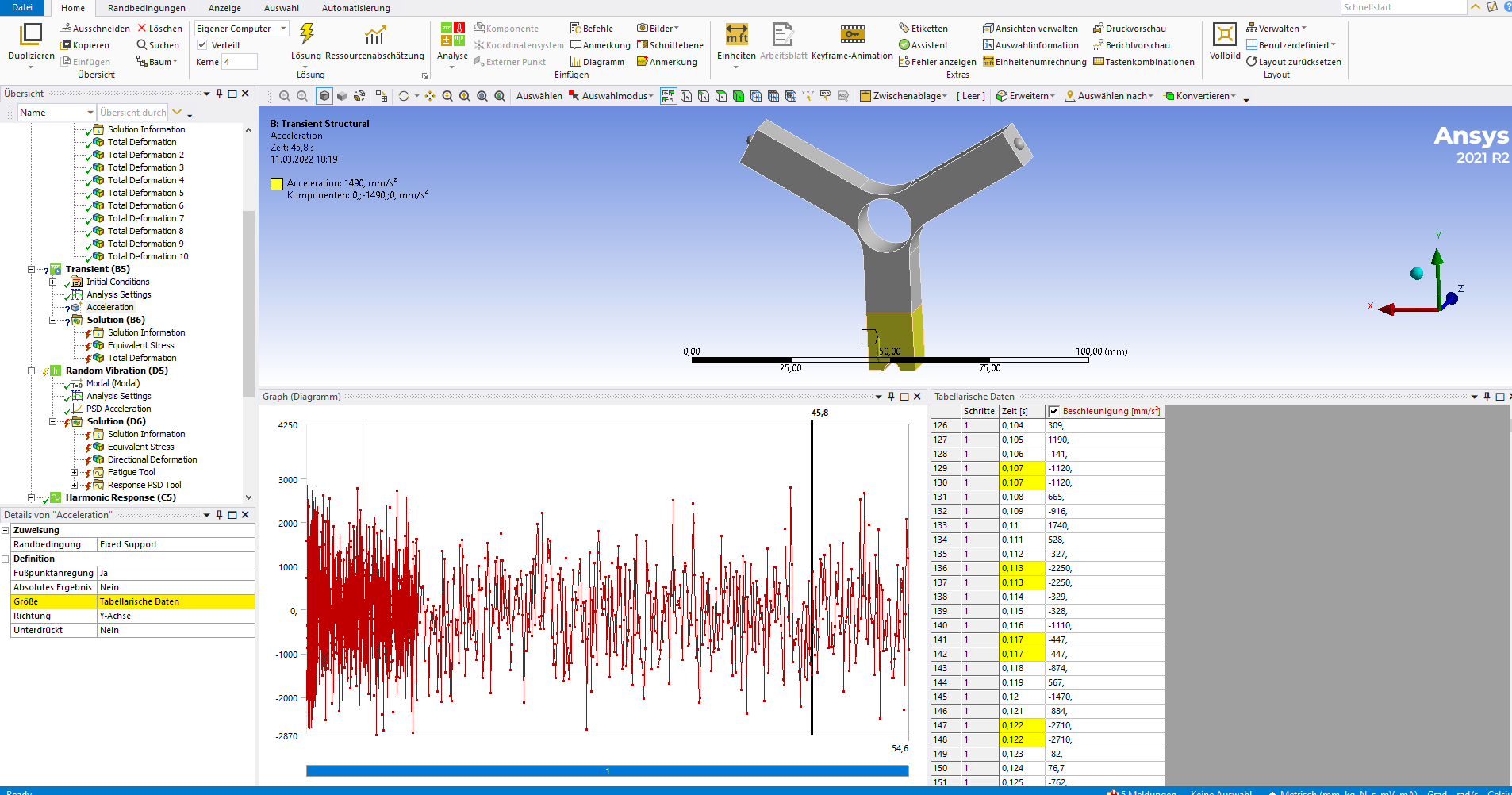-
-
March 11, 2022 at 5:26 pm
Aimran96
SubscriberHi all. I am trying to conduct a transient structural analysis with a given stress-time signal. Given the data is in around 66k timesteps. I tried to write them in .xml data and import them in ansys but there are some datas which are highlighted yellow and become the same value which are actually not. Some data are read in two decimal points instead. Is there a way to solve this problem? To change and type each timesteps data, I would find them quite disastrous. The same problem occurs when I am importing data for random vibration analysis with .xml file. I am currently using ansys acadamic research license.
Thank you in advance for your help.
March 15, 2022 at 3:04 pmChandra Sekaran
Ansys EmployeeHave you tried just cutting and pasting from Excel sheet? May be that is a good workaround?
March 16, 2022 at 11:58 pmAimran96
SubscriberI have done it and it works. Thanks. Another question though, is there a way that I could reduce the size of .rst file? The current one I have is at 43GB which is quite big.I just want the results for stress in transient analysis only, so that I can use them for other FE-Solver which is FEMFAT. Is there a method in command APDL to do this?
Viewing 2 reply threads- The topic ‘Problem by importing .xml file into load-time history in Ansys’ is closed to new replies.
Ansys Innovation SpaceTrending discussionsTop Contributors-
1997
-
897
-
599
-
591
-
444
Top Rated Tags© 2025 Copyright ANSYS, Inc. All rights reserved.
Ansys does not support the usage of unauthorized Ansys software. Please visit www.ansys.com to obtain an official distribution.
-
The Ansys Learning Forum is a public forum. You are prohibited from providing (i) information that is confidential to You, your employer, or any third party, (ii) Personal Data or individually identifiable health information, (iii) any information that is U.S. Government Classified, Controlled Unclassified Information, International Traffic in Arms Regulators (ITAR) or Export Administration Regulators (EAR) controlled or otherwise have been determined by the United States Government or by a foreign government to require protection against unauthorized disclosure for reasons of national security, or (iv) topics or information restricted by the People's Republic of China data protection and privacy laws.










